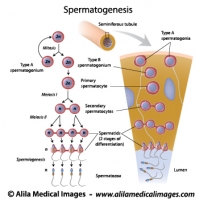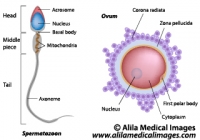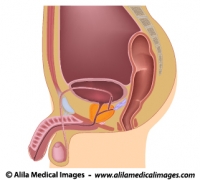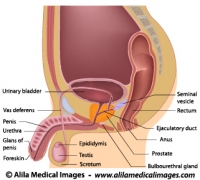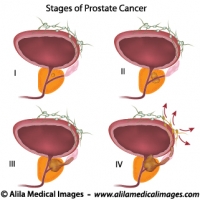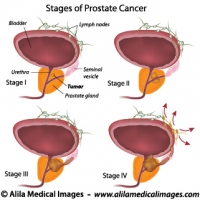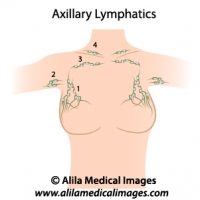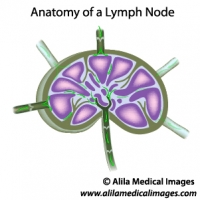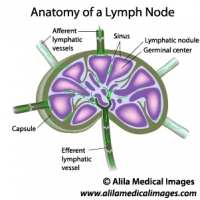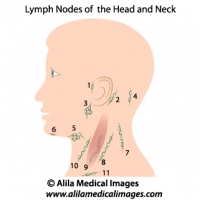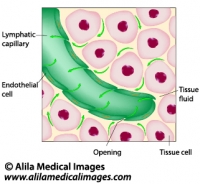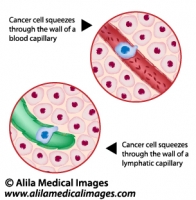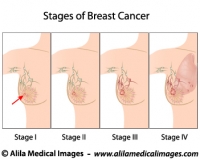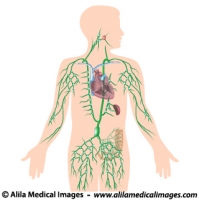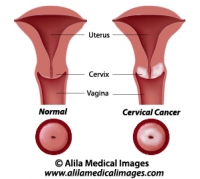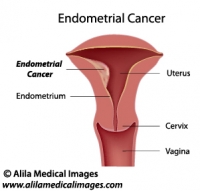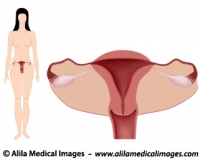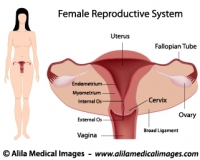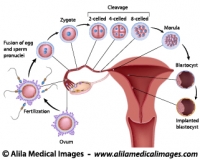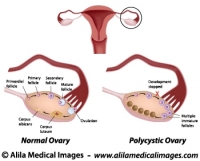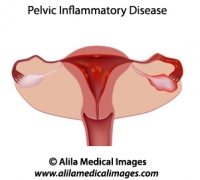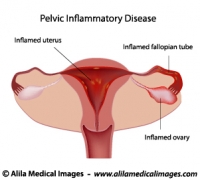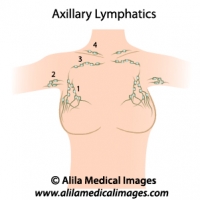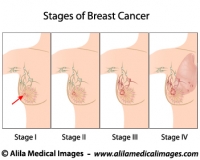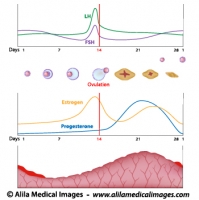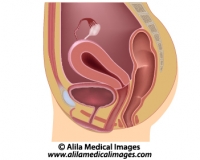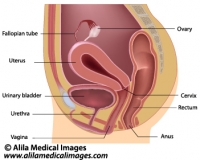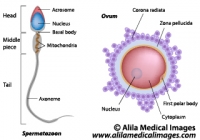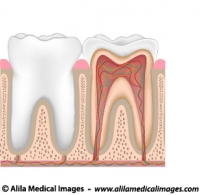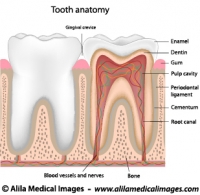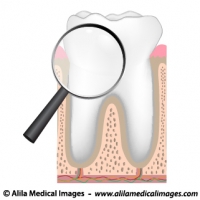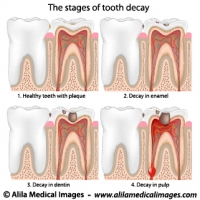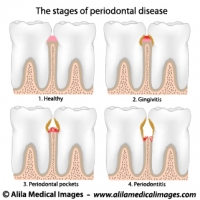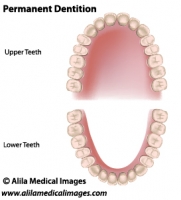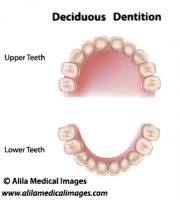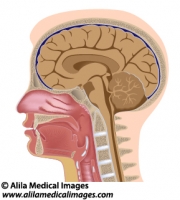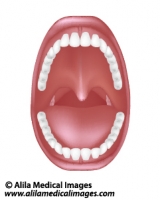Below is a narrated animation of body mass index and Roux-en-Y gastric bypass. Click here to license this video on Alila Medical Media website.
Bariatric surgery, or weight loss surgery, refers to a variety of surgical procedures for treatment of morbid obesity. Obesity is determined by Body Mass Index (BMI) which is calculated as the ratio of body weight over square of body height. The higher the BMI the higher the extend of obesity. A normal BMI is between 20 and 25. An individual is considered morbidly obese if he or she has a body mass index of 40 or more, or of 35 or more and with obesity-related health problems such as diabetes, sleep apnea or hypertension.
Weight loss is achieved by reducing the size of the stomach. Smaller stomach makes you feel full faster and therefore makes it easier to reduce the amount of food intake.
Roux en-Y Gastric bypass (RNY)
This is the most commonly performed bariatric surgical procedure and is considered the gold standard for weight loss treatment. This procedure includes two steps:
1. The stomach is divided into two part : one small pouch at the top of the stomach where it is connected to the esophagus (gastric pouch in Fig. 1) and the rest of the stomach which will be “bypassed”, the two parts are separated and stapled.
2. Rerouting of the intestine: the intestine is cut at about 45cm (18in) down from the end of the stomach. The first part of the intestine (the duodenum) will be “bypassed”. The top end of the second part (the jejunum) is pulled up and connected to the gastric pouch created in step 1. The lower end of the duodenum is reconnected to the jejunum at a lower point (Fig.1). The new configuration has a shape of an Y, hence the name of the procedure.
Click here to see a video animation of gastric bypass procedure on Alila Medical Media website where the video is also available for licensing.

Fig. 1: Roux-en-Y gastric bypass diagram. Note the passage of food and digestive juice after surgery. Click on image to see a larger version on Alila Medical Media website where the image is also available for licensing.
How weight loss is achieved?
Firstly, the volume of the stomach is now greatly reduced to a small pouch (usually less than 10% of the original volume) which is filled up fast after a small amount of food intake. This sends a signal to the brain that the stomach is full and generates a feeling of fullness (satiety). This helps to stop eating. Also, if eating continues, vomiting and discomfort may follow. Secondly, as the first part of the intestine (the duodenum) is bypassed, the amount of nutrition absorbed by the body is greatly reduced. In normal digestion, this is where most of the nutrition is absorbed. Malabsorption contributes to weight loss effect.
Complications
While this procedure is proven as an efficient long term weight loss treatment, it associates with significant complication risks. These include: leakage along the staple lines and surgical connections leading to infection and abscess formation; stricture and obstruction of digestive tract due to scar formation; dumping syndrome; nutritional deficiencies; and other general surgical risks due to complexity of the procedure.
Mini Gastric bypass (MGB)
This is a modification of the more common RNY procedure described above. Here are the differences: (see Fig. 2)
1. In step 1 a long tube is created instead of a pouch.
2. In step 2, the intestine is NOT cut, it is pulled up and hooked up with the new stomach tube.
Fig. 2: Mini gastric bypass diagram. Click on image to see a larger version on Alila Medical Media website where the image is also available for licensing.
Click here to see a video animation of mini gastric bypass procedure on Alila Medical Media website where the video is also available for licensing.
This procedure is becoming more and more popular as it produces good weight loss results and is simpler than the original procedure resulting in less complication risks. Less cutting and stapling lowers the risk of leakage and infection. It also reduces the bile reflux possibility as the intestinal rerouting is set at a lower point on the stomach.
> NEXT: Gastric Sleeve and Gastric Lap Band



























